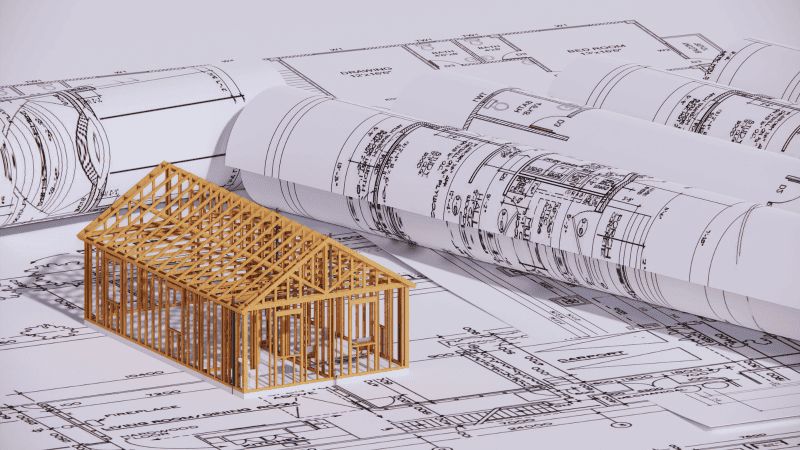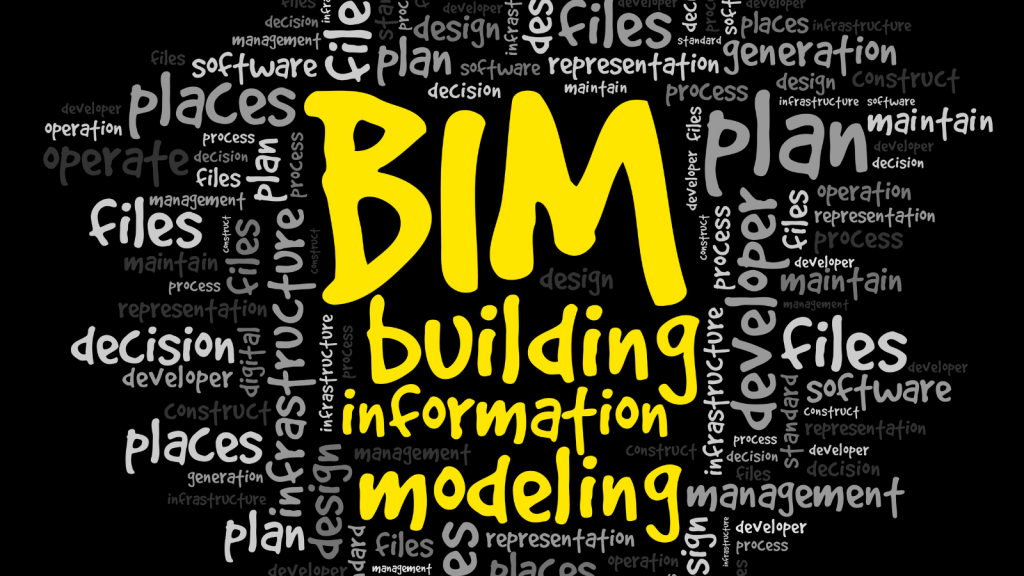
BIM Methodology: Transforming City Management
In the current world, where cities are experiencing exponential growth, efficient resource management and intelligent planning are required to address urban challenges. Building Information Modeling (BIM) methodology has become an essential tool in city management, offering a comprehensive solution for the design, construction, and operation of infrastructure. In this article, we will explore how BIM methodology has revolutionized city management, and how it has improved efficiency and sustainability in urban development.

Concept of BIM Methodology
BIM methodology is a collaborative approach based on digital models that integrates data and processes from multiple disciplines in a centralized environment. Unlike traditional methods of design and construction that use two-dimensional drawings, BIM allows for the creation of accurate and detailed three-dimensional models of buildings and infrastructure. These models contain valuable information about geometry, structure, materials, energy performance, and other key aspects of a project.
Applications of BIM Methodology
BIM methodology has a wide range of applications in city management. It enables engineers and architects to collaborate in real time, improving communication and reducing design errors. Additionally, it facilitates early detection of conflicts and allows for simulations and performance analysis, which help optimize design and make more informed decisions. BIM is also used in asset lifecycle management, enabling more efficient maintenance and better planning for renovations.
Advantages of BIM Methodology
The adoption of BIM methodology brings numerous advantages to city management. Firstly, it enhances efficiency and reduces costs by minimizing errors and conflicts in the design stage, thus avoiding costly rework during construction. Furthermore, BIM enables accurate tracking of costs and timelines, facilitating data-driven decision-making. Moreover, BIM promotes sustainability by allowing for comprehensive assessment of energy performance and building efficiency. It also facilitates the management and maintenance of infrastructure throughout its lifecycle.
Differentiation between BIM Methodology and Digital Twins
BIM and digital twins are often confused concepts, but it is important to differentiate them. While BIM focuses on creating accurate digital models for design and construction purposes, digital twins go beyond that. Digital twins are virtual replicas of entire buildings or cities that integrate real-time data from sensors and IoT devices. They provide up-to-date information about the performance and status of assets, enabling more effective and predictive management. Digital twins are an evolution of the BIM methodology, as they use BIM models as a foundation but add real-time information to monitor and manage assets more precisely.

Relationship between BIM Methodology and Geographic Information Systems
Geographic Information Systems (GIS) and BIM methodology are two complementary approaches used in city management. GIS focuses on capturing, storing, analyzing, and visualizing geospatial data, such as maps, satellite images, and topographic data. On the other hand, BIM focuses on creating detailed digital models of buildings and infrastructure.
The relationship between BIM and GIS becomes relevant when they are integrated to leverage the strengths of both approaches. By combining geospatial data from GIS with BIM models, a precise geographic context is obtained for urban project design and planning. This allows for a better understanding of asset location, interaction with the environment, and data visualization in a spatial environment.
The integration of BIM and GIS also facilitates asset management throughout their lifecycle. Geospatial data provided by GIS can enrich BIM models with contextual information, such as climate data, transportation data, or demographic data. This enables more comprehensive analysis and informed decision-making regarding urban planning, maintenance, and asset management.
In conclusion, BIM methodology has proven to be a powerful tool in city management. Its collaborative approach, creation of detailed digital models, and integration capabilities with other technologies like Geographic Information Systems have transformed the way urban infrastructure is designed, constructed, and operated. By adopting BIM, cities can achieve greater efficiency, sustainability, and data-driven decision-making, paving the way for a smarter and connected urban future.
Fisotec: Using BIM Methodology in Civil Engineering and Urban Infrastructure
BIM methodology is not only applied in building design but also has a significant impact on civil engineering and urban infrastructure. From roads and bridges to water networks and transportation systems, implementing BIM in these projects provides numerous benefits and improves efficiency in all stages of infrastructure’s lifecycle.
- More accurate design and planning: BIM enables the creation of detailed three-dimensional models of urban infrastructure. This facilitates visualization and understanding of elements within the context of the surrounding environment, aiding informed decision-making in the design and planning process. BIM models also allow for early detection of potential issues or conflicts in the design stage, reducing errors and costly changes during construction.
- Improved coordination and collaboration: Civil engineering and urban infrastructure involve multiple teams and disciplines, such as civil engineers, architects, contractors, and suppliers. BIM provides a centralized platform where all participants can collaborate and share information in real time. This improves communication, avoids misunderstandings, and ensures that all involved parties are working with the same updated database. Collaboration between different teams becomes smoother and more efficient, leading to coordinated construction and successful project completion.
- Advanced analysis and simulations: BIM models enable complex analysis and simulations in urban infrastructure. For example, it is possible to evaluate the structural performance of a bridge or the capacity of a transportation network to handle traffic flow. These simulations help optimize design and ensure that infrastructure is safe, efficient, and compliant with required standards.
- Infrastructure lifecycle management: BIM is not limited to design and construction but extends to the management and maintenance of urban infrastructure throughout its lifecycle. BIM models contain detailed information about infrastructure components and systems, facilitating their management and maintenance. Predictive maintenance tasks can be performed, renovations can be scheduled, and changes can be tracked over time. This helps maximize the lifespan of infrastructure and reduce long-term maintenance costs.

Which projects is Fisotec leveraging the benefits of BIM methodology?
In conclusion, we can affirm that BIM methodology is here to stay, and our recent SMART inventory projects, such as the ones carried out on M-30 or Príncipe Pío Station in Madrid, endorse it.
If you want to know more details about these projects, pay attention to our social media channels. We are on LinkedIn and Twitter.
